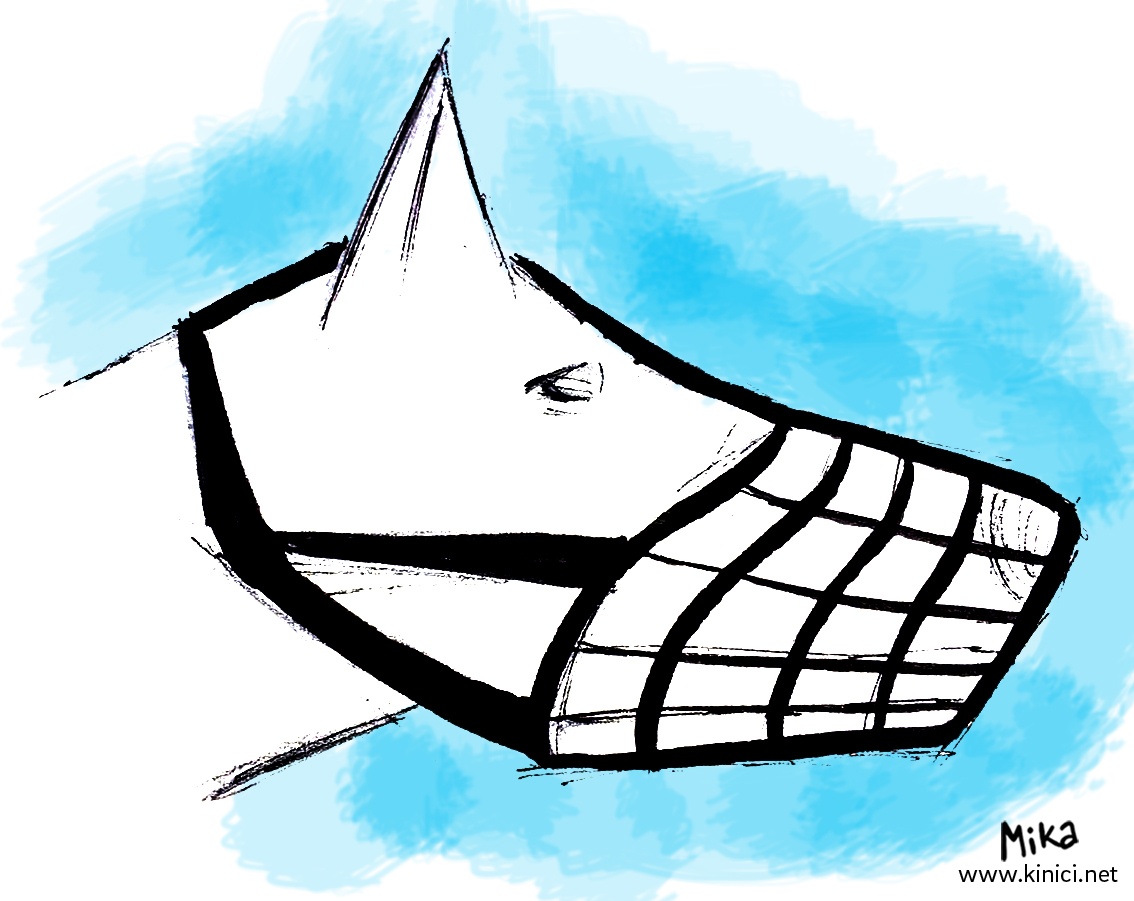How much a domestic dog is dangerous is defined by set of following characteristics: strength, fighting genes and upbringing. It should be emphasized that not only purebred breeds bare fighting gene. Mixed dog (for instance Rottweiler and Cane Corso) also carries such gene.
Dangerous dog is a dog out of control, or under not enough control, which can endanger another being, with its strength, whether it is a human, a dog or any other animal. Strength of a dog and physical size of the victim will define the amount of damage. It is not the same if Miniature Pinscher bites a grown human or a child. Besides that, it is not as dangerous as an attack of a strong dog, the damage is way less, but still can be dangerous and certainly not tolerated.
Scale
The grades are from 1 to 10. The less points, the dog is less dangerous.
1. Genes and strength of a dog or objective harm it may cause: grades 0–10, for instance, grade 0 (zero) would be given to a dog: without fighting genes or hunting genes or objectively physically weak dog, 10: dogs with exceptional physical strength created to fight or hunt wild animals.
2. Upbringing: grades 0–10 (0: dog with perfectly proper upbringing, 10: dog is completely out of the owner's control). Grades are given depending on who is walking the dog because it is very common that level of obedience with one member of the household is high, while another member is not considered a leader and the situation is totally opposite.
3. Leash: sum of grades given in first two categories (genes, strength and upbringing) is divided by one higher number. For example, a dog with total grade of 12, if walked without a leash or a muzzle, would be divided by two which would give 6. If it has a leash it would be divided by three which would give 4. A leash protects beings from distance, but when passing by it can endanger, bite, jump, scratch, knock down...
4. Muzzle: total number is divided by one higher number when it does not have muzzle. Muzzle protects a dog from biting, but it can knock down another dog, child, human or make it flight and put itself in danger. This is why having just a muzzle is not enough for protection.
If a dog has both leas and muzzle total number is divided by four.

Chart
0 (zero): completely harmless dog
0.1–2.5: harmless dog
2.5–5: medium dangerous dog
5.1–7.5: dangerous dog
7.6–9: very dangerous dog
9–10: uncontrollable aggression
Example for grading
Very popular breed of fighting genes and huge strength – American Pit Bull Terrier:
1. Gene and strength: grade 10. All dogs from this breed that are mature but not old (from one and a half year olds to ten year olds) get grade 10 no matter how calm and not prone to aggression.
2. Upbringing: it can get any grade from 0–10. APBT with perfectly proper upbringing will get grade 0, while the one without any control will get grade 10. The owner does not determine the level of upbringing but objective criterion.
If we take the example of perfectly well-behaved dog, it will get grade 0, genes and strength will give it 10, total is 0+10=10, which will be divided by 2 (since it is two categories), 10/2=5. From this we can derive that perfectly well-behaved APBT without a leash or muzzle, although on the verge of medium dangerous and dangerous dog, is still medium dangerous dog. We should not kid ourselves, we can freely say that perfectly well-behaved dog is rare (not just with this breed but with any), so in this utopian example APBT barely got in medium dangerous dogs group. If it was on a leash or had a muzzle on, the equation would go as this 10/3=3.33. If this dog had both leash and muzzle on 10 would be divided by 4 so the equation would go as this: 10/4=2.5.
